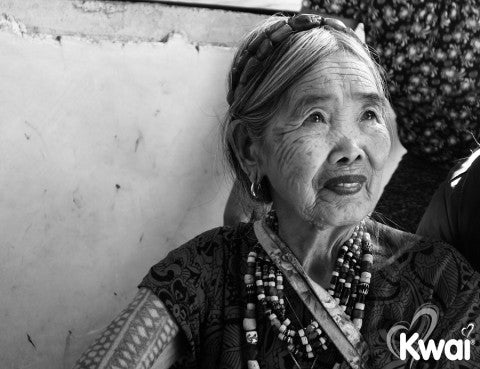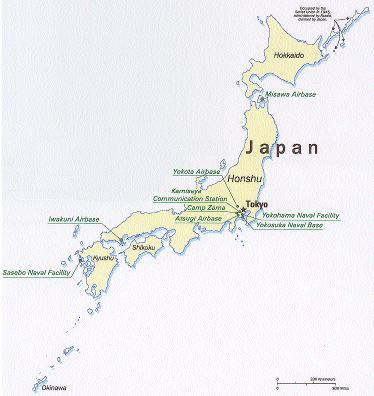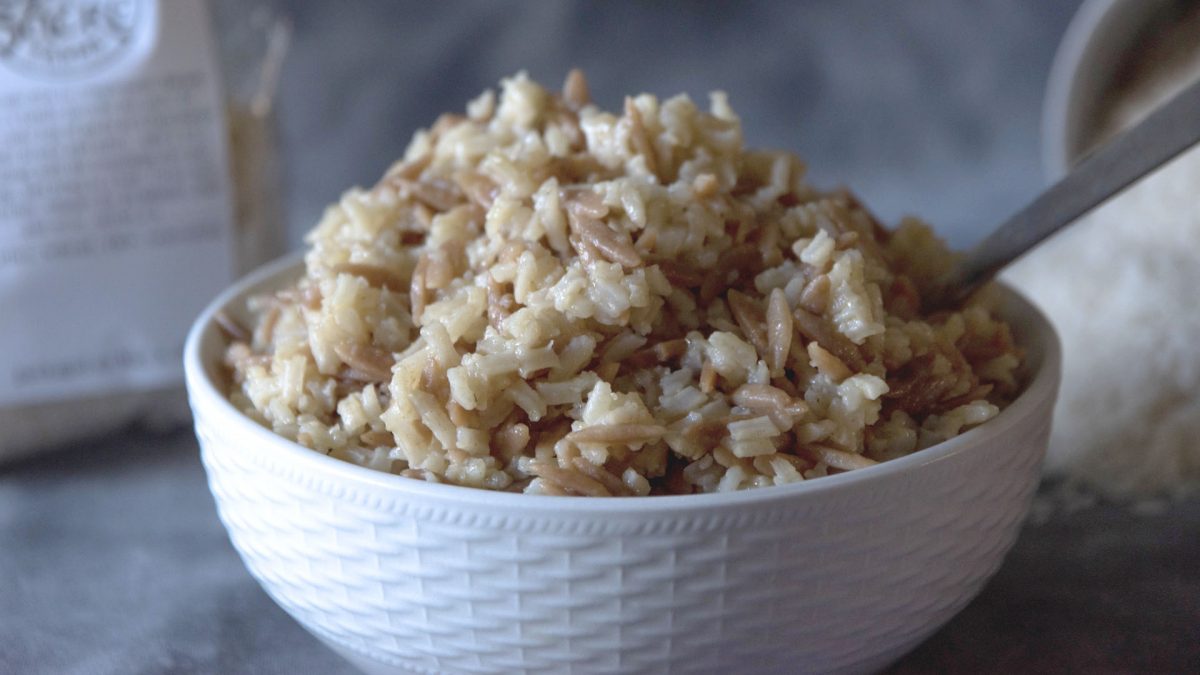Rinse & rePeat
Member
- Joined
- Mar 10, 2021
- Messages
- 21,516
“The famously long-lived people of Azerbaijan eat a diet containing a low ratio of unsaturated to saturated fats, emphasizing fruits, vegetables, and dairy products.” -Ray Peat
Follow along with the video below to see how to install our site as a web app on your home screen.
Note: This feature may not be available in some browsers.
Click Here if you want to upgrade your account
If you were able to post but cannot do so now, send an email to admin at raypeatforum dot com and include your username and we will fix that right up for you.
Australians do indeed like Sushi (n=4). However our Sushi opportunities in Oz are very limited and similarly bastardised as the US. Also there are 124M Japanese compared to 25M Oz. They would smash us to pieces in a Sushi eating comp.“Where are we going wrong?
I also feel that people in Australia like to eat a lot more sushi than people in Japan do. And it’s often eaten with mayonnaise or a sweet sauce. To me, that’s a westernised version of sushi and not the way we would usually have it in Japan.
The fact is Japanese rice (that’s used for sushi) has one of the highest sugar contents of all rice and is quite unhealthy when compared to other types, like basmati rice. But in Japan, we typically eat lots of little tiny dishes consisting of [some rice], a lot of seaweed and vegetables, and some meat but not a lot of it.”
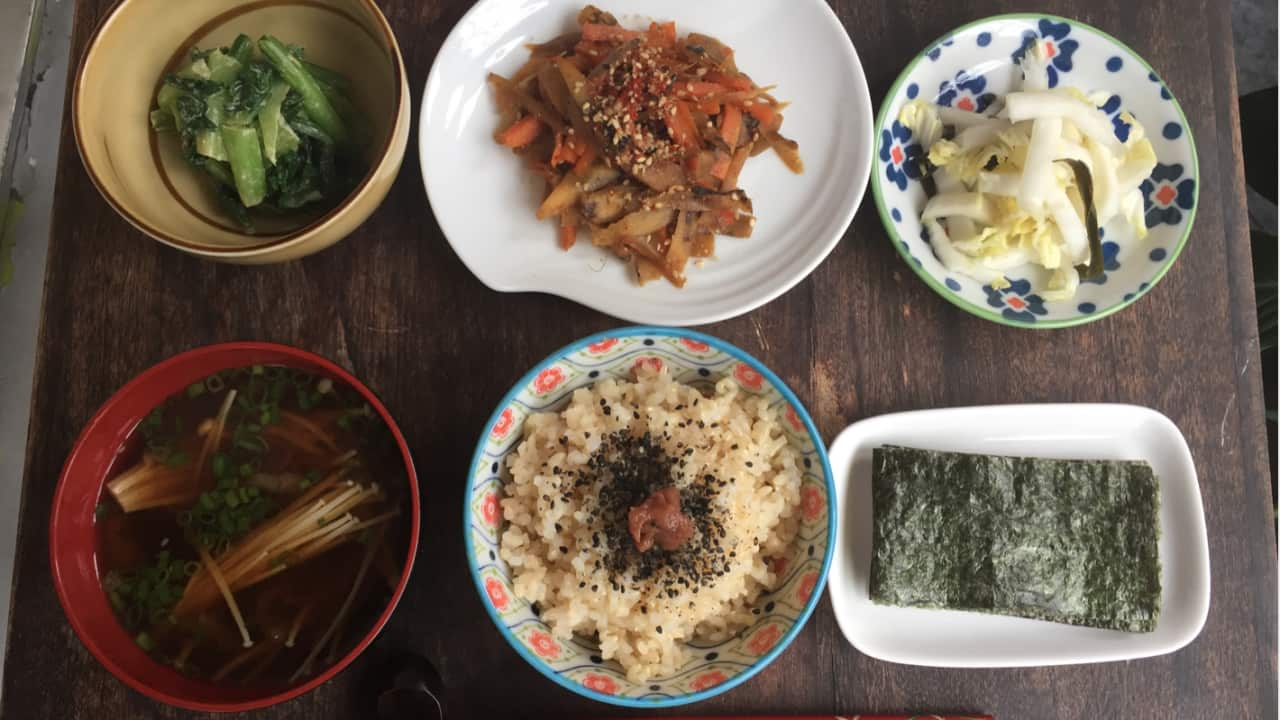
Not just sushi and tempura: Here's how to eat the healthy Japanese foods I grew up with
Japanese food advocate, nutrition coach and former chef, Yoshiko Takeuchi, wants to promote traditional Japanese foods and flavours that can benefit your health.www.sbs.com.au
These two you mentioned (above) are good points. Eating slower is proven to be a key to staying slim, and chopsticks are probably a factor in Japan weight control. The second point about the meds is interesting, but more to the point that I am certain Japan doesn’t have anywhere near the the amount of people on meds that America has. Great food for thought IndigoBoy!I agree that the smaller meal size is the key to the Japanese slim figure. Am interested in the effect of chopstick use on this parameter.
They also pioneered the isolation of amino acids and creation of unique dipeptides to increase the therapeutic effect - so it is possible that they are not as negatively affected by Western meds such as statin and PPI's?
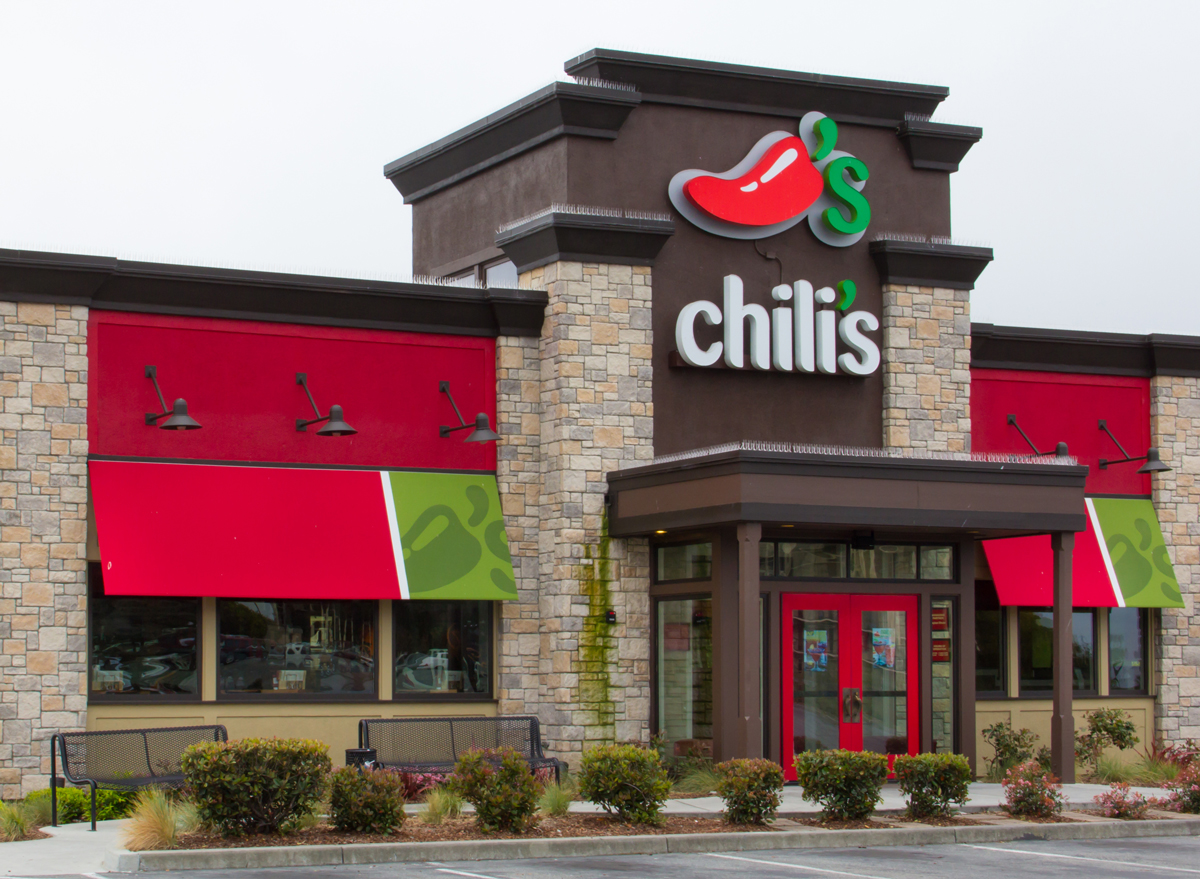
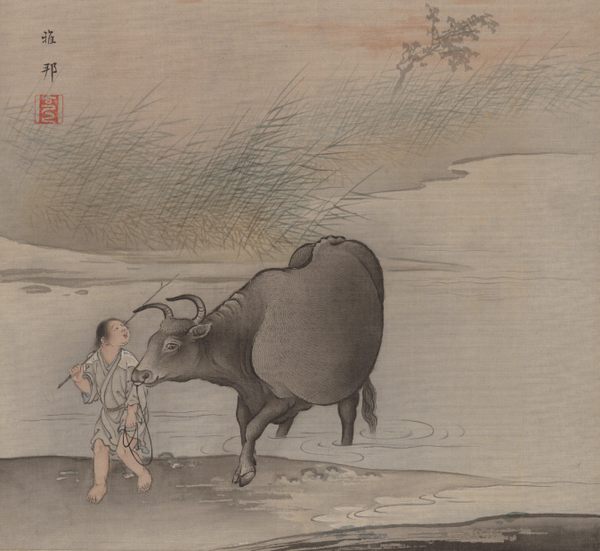
Are you sure about the chopstick thing? When I see Asians eat with chopsticks, it looks like they are shoveling the food in their mouth. Maybe i will have to take another look, but that was the first thought that came to mind when I red the comment, lol. Everything else sounds logical though.These two you mentioned (above) are good points. Eating slower is proven to be a key to staying slim, and chopsticks are probably a factor in Japan weight control. The second point about the meds is interesting, but more to the point that I am certain Japan doesn’t have anywhere near the the amount of people on meds that America has. Great food for thought IndigoBoy!
They do shovel it in with the rice, but who can blame them?Are you sure about the chopstick thing? When I see Asians eat with chopsticks, it looks like they are shoveling the food in their mouth. Maybe i will have to take another look, but that was the first thought that came to mind when I red the comment, lol. Everything else sounds logical though.

